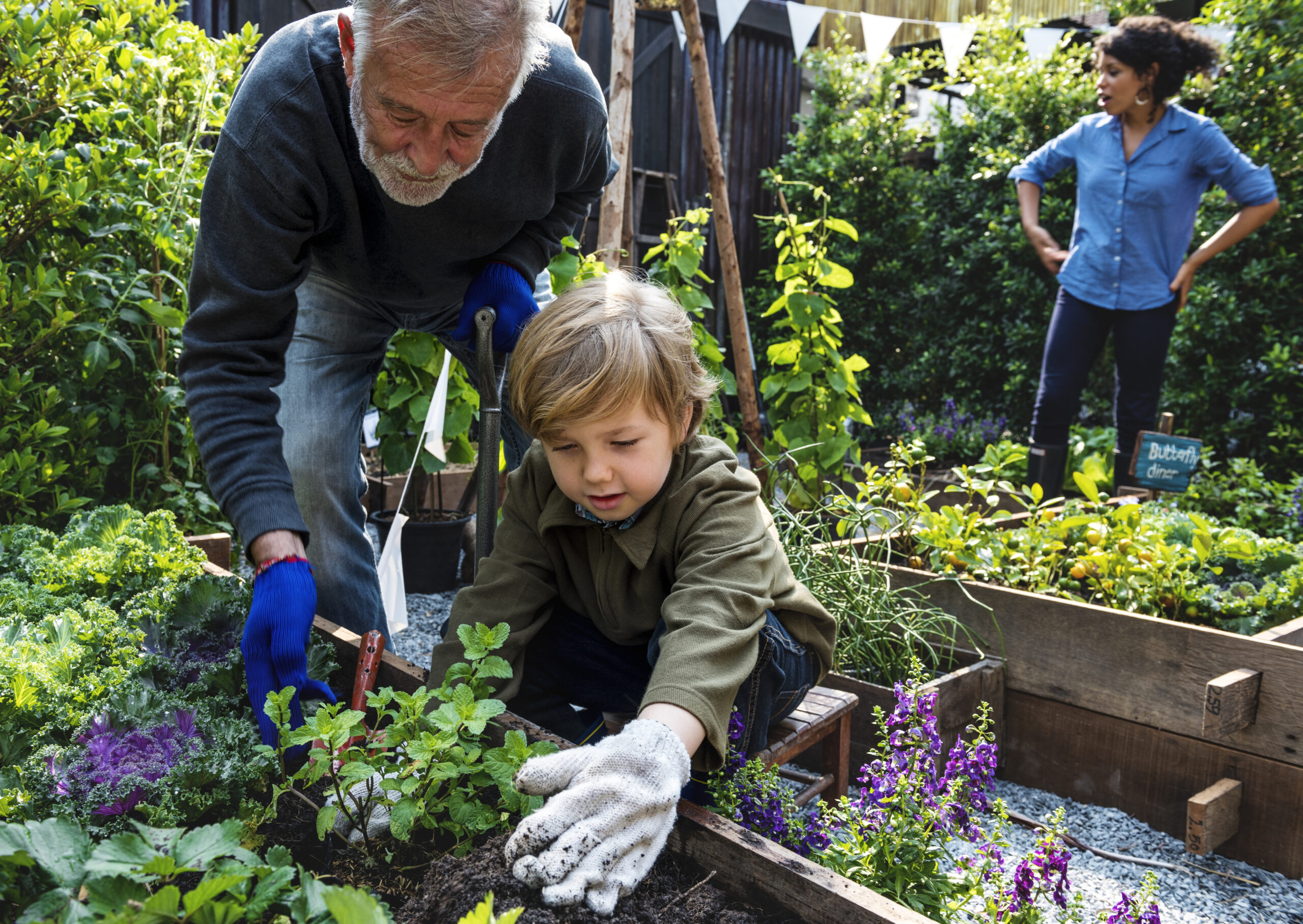
3 May 2018
THERE GOES THE NEIGHBOURHOOD…. HERE COMES THE MULTI-GENERATIONAL COMMUNITY!
The concept of Wellness provides a strong guiding focus in the design of modern buildings. Greater emphasis is now needed on holistic “Urban Wellness” in the context of the visionary planning of sustainable healthy communities through responsible urban development. The opportunity to repurpose run-down urban areas to provide much needed affordable housing and critical social services could also provide an opportunity to establish ground breaking sustainable communities. The partnership between public and private is best served by developers delivering their innovative solutions within a planning framework defined by government which ensures balance and responsible urban development.
Timed to perfection, was the presentation by Tony Michele, Executive Director Delivery at VHHSBA, at the recent AHDC meeting, which signalled an exciting change by the Victorian Government in planning and delivering services in housing, health, aged care, sport and recreation, under a single building authority. The restructure signals greater synergy in the long term operational use of assets, more colocation of hospitals and aged care facilities on University campuses, supporting translational research which applies findings from basic science to enhance human health and well-being. This new approach by VHHSBA will provide a greater emphasis on the establishment of sustainable communities and create a range of innovative planning opportunities.
Residents from successful healthy communities live, work and interact positively, in an environment conducive to satisfying their daily domestic needs and designed for high walkability and safety. Planning incorporates social meeting hubs that naturally bring people together as part of their daily routine. One such example is the very successful model in Mueller, Austin Texas, which demonstrates that an innovative built-environment can create a meaningful community. This 700-acre mixed-use redevelopment is sited on a decommissioned airport and apart from residential components, incorporates green building principles, a diversity of housing types, and employment opportunities in the Dell Children’s Medical Centre, commercial facilities and retail.
In Feb. 2016, Keith Davis presented the paper: “University Campus Living – A Unique Retirement Lifestyle” to the 25th Annual Tri-State LASA Albury Conference. The model proposed the creation of a multi-generational “Living-Learning” community hub on a university campus, specifically centred around, (but not exclusively for) 55+ aged professionals embarking on a second career. The model involves seniors living, studying, mentoring and lecturing while residing with their families and contributing academically. i.e. a pre-requisite involves the seniors playing an active part in the academic program and returning significant intellectual value and industry experience to the younger generation of students.
This innovative concept now termed “InterActive” has been further developed and enhanced by Nikki Beckman (Marchese Partners), Keith Davis (ADP Consulting) and Bradford Gorman (Design Communication Associates) to the point of seeking expressions of interest from universities, and potentially contributing to the development of multi-generational mixed-use developments off campus.
The university benefits financially and qualitatively from the enlivened 24/7 on-campus activity and the leasehold over the selected campus development site. There are increased revenue streams from the expanded investment in retail infrastructure, including medical and wellness centres, creches, restaurants and wine bars plus other services. The increase in operating hours also opens opportunities for more efficient use of existing campus assets.
The model provides a unique opportunity for academics to undertake longitudinal studies on the “Living-Learning” community hub as a “living laboratory”, which can then be used to fine-tune the concept design as needed. The National Ageing Research Institute (NARI) has expressed keen interest in undertaking such studies.
The concept capitalises on seniors’ largely untapped IP value and effectively extends and maintains their community relevance. This holistic model has the potential to see universities transformed into a lifestyle hub, anchoring the formation of an integrated, sustainable multi-generational community focused on symbiotic knowledge transfer and enhanced higher education.
While centred around Universities, the concept is highly adaptable and can be applied to mixed-use developments themed around specific/specialised areas of common interest shared by a multi-generational group.
In concluding, it is hoped that the formation of the VHHSBA will be permitted to continue and prevail in the event of a change in government in this year’s Victorian State election.

